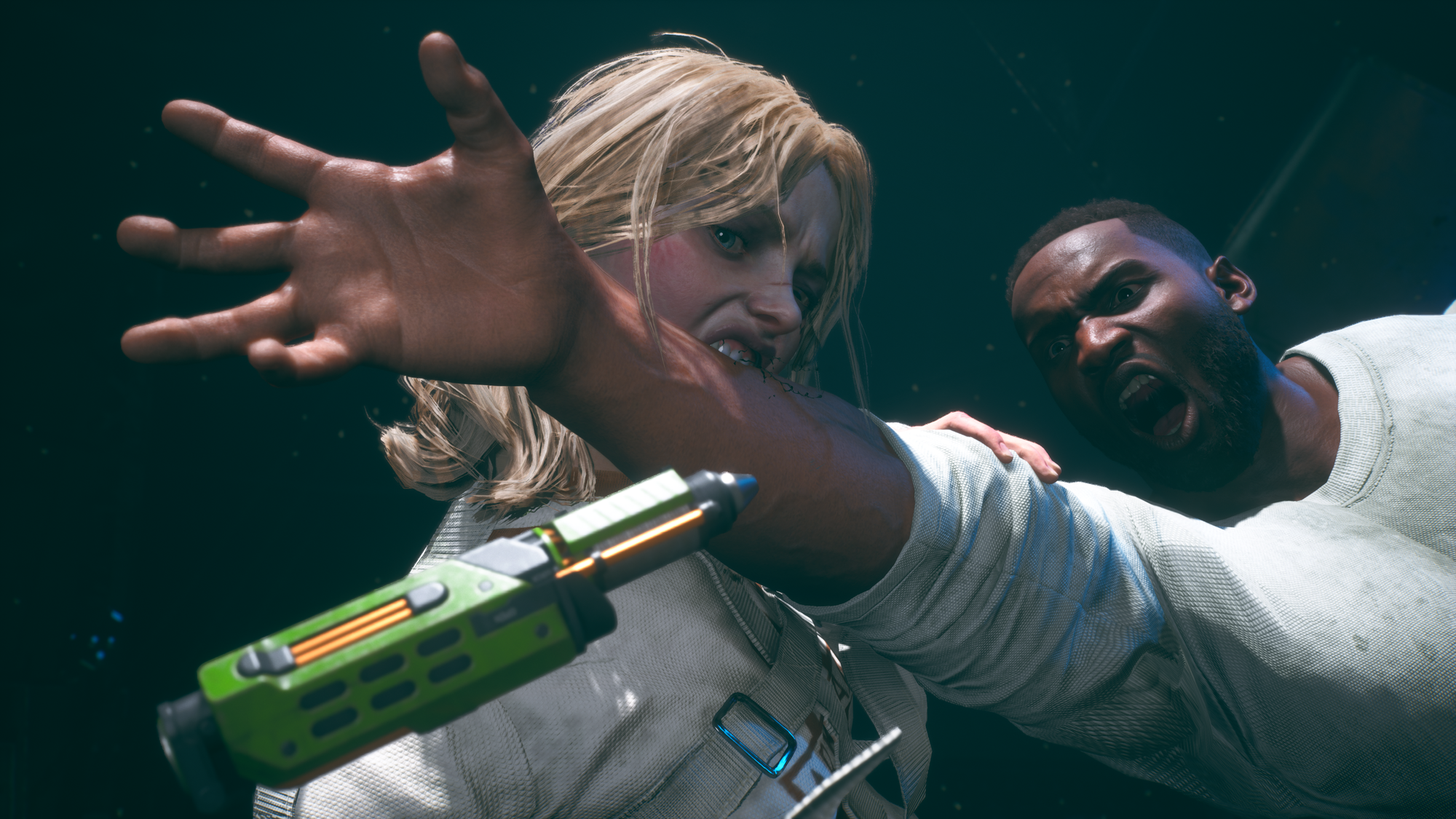Live Service Killed the Suicide Squad
How the necessities of live service squashed the Squad

Rocksteady’s Suicide Squad: Kill the Justice League was recently available for free on Amazon, so I decided to give it a try. Overall, it was a fun comic book romp, and I think it could have easily become a beloved franchise if not for the cascading ramifications of its live service trappings. These are my speculations as to how live service shaped its game design, and why some people believe it is responsible for killing the Suicide Squad (SS).
One of the main criticisms I saw floating around was why all these iconic characters like King Shark and Captain BOOMERANG were given guns instead of unique combat styles. The financial incentive to keep players coming back for a live service model demands infinite scalability. A loot system based around guns is easy to make, can be given to any character, and can be infused with any number of stats and mods. It broadens the build variety, but the consequence is a homogenization of the individual traits that make each SS character interesting. It's a particular shame considering how different all their traversal styles feel.
This homogenization consequently affects enemy design, requiring all of them to be killable with guns. So despite the enemies' various gimmicks, your strategy ultimately doesn’t change very much no matter who you're playing. This lack of necessity in dealing with your foes is a sobering contrast to Rocksteady’s previous Arkham games, and even Guardians of the Galaxy, which had you coordinating with your squad to overcome certain foes.
The talent trees alleviate some of this uniformity to encourage certain play styles. Since the game is online co-op, I imagine Rocksteady wanted players to create unique versions of each character. One player's Harley might be a "Run-and-Gunner," while another might be a "Slugger", a decision that thematically fits with the narrative of multiple (Elseworld) dimensions.

The financial incentive to keep players coming back for a live service model demands infinite scalability.
However, the talents still need to exist within the framework of the gunplay and live service model, which pumps out seasonal content in the form of new weapons and mods. Designing talents to be future-proof is no easy task, requiring a very rigid structure (see homogenization). The result is a lot of passive talents, further obfuscated by its dependence on a combo meter to activate. This makes it difficult to capitalize on or feel empowered by your talent choices.
While I feel the decision to include co-op was a bold and worthy pursuit, the homogenized gameplay and unimpressive talents across all characters don't fulfill the fantasy of making a character your own. This is further exacerbated by the requirements of a single-character/co-op shooter where players have to feel self-reliant. There can’t be “puzzles” that only one character can solve. All of this combined fundamentally detracts from the appeal of an SS game about a found family covering for each other’s weaknesses. There's a very clear mismatch with the thematic goals that should have driven the game, versus the retention model of the live service genre.

While I feel the decision to include co-op was a bold and worthy pursuit, the homogenized gameplay and unimpressive talents across all characters don't fulfill the fantasy of making a character your own.
Ironically, SS’s best feature — its traversal – is also its least synergistic. It makes gunplay frenetic, with enemies occupying huge vertical swathes of the environment. It makes your proximity to your team unpredictable, which is probably why there are no team-up actions in the game. And I assume it made the camera finicky in interior spaces, which forced all the gameplay to occur outside. Who knows if traversal dictated mission design or vice versa, but the live service model necessitated a structure that could be repeatedly used anywhere. So they embraced the outdoor gameplay, where any and all objectives could spawn on rooftops no matter what district or dimension you’re in. The resulting lack of mission diversity is abundantly felt in a Metropolis that doesn’t feel lived in and is just a forgettable transitory space to move between repetitive tasks.
While mission modifiers are fun, you expect bespoke experiences from a premium game, especially when the Justice League is concerned! Rocksteady’s Arkham series blended the scale of gameplay brilliantly, from soaring over Gotham to entering a parlor on street level to confront Professor Pyg. That artistry in crafting memorable gameplay moments stems from its inherently singular nature — and nothing in a live service game can be made to be singular. (Except its cutscenes which are a definite standout here.)

A co-op blend of Sunset Overdrive and Doom Eternal sounds like a home-run concept, but the additional factor of a squad, filled with iconic characters in their own right, goes wholly unutilized. The unfortunate decision to pursue live service cornered Rocksteady into creating a rote structure that they’re now caged in when the universe of SS called for bombastic set pieces.
